Today, a very unusual sight. Yet it’s one that shouldn’t be a rarity at all, because it’s posters doing what they are intended to do, advertising things. Here on hoardings sometime in the mid 1950s.
Mostly, this is such an everyday scene that no one takes any notice, never mind a photograph. But this time, an up and coming poster designer was recording some of his work appearing. That designer was Patrick Tilley, and he’d designed the Hartley’s Jelly ad in the centre.
I can’t tell you how excited I am to see these. It’s not just that Tilley’s posters are lovely, these photos are also a great chance to see posters in the wild, rather than collected and curated and hung on people’s walls. Which means we can find out a bit more about how they really functioned at the time. Take this set.
The Patrick Tilley design is for MacDougalls flour.
But take a look to the left. The HP Ketchup poster seems to have been signed by Donald Brun.
I sort of half knew that some of the great European poster artists of the 1950s had worked in Britain, and had come across it happening here and there. But it’s still odd to see their work on a British poster hoarding, advertising a very British brand. And the image seems vaguely familiar, but I can’t trace it anywhere. Because that’s the other thing about these posters, they’re also very rare.
Unlike in Europe, Britain’s commercial posters were never (with the exception of Guinness) made available to the public or collected. So it’s not even that only a few survive, probably most of these posters have disappeared entirely. They might be in the archives of the company they’re advertising or the agency that created them; they may even have been recorded in a magazine or design annual. But I’d be prepared to bet that a fair proportion of these posters have disappeared without trace, or at least would have done without these photos.
Mostly, it seems, it’s the artists that keep the records (as was the case with Daphne Padden’s packaging designs). Patrick Tilley kept not only these photographs, but also the original artwork that he presented to the agency, The London Press Exchange, to get the commission.
But not everything is sweetness, light and good design on the hoardings. Once again, the photographs are a reminder that, along with the award-winning posters by great designers that we choose to remember, there was also quite a lot of dross too. Like the tattoo and charity adverts in the first photograph, or that for Swan Vestas next to the McDougalls ad.
I mention this quite a lot, and in a way it’s an obvious truth, but the presence of all these rather average posters must have affected how people saw the good posters too, even if I’m not sure how. Perhaps people got used to just tuning out posters, and so everything got ignored; or perhaps the good posters looked even better because they had a dull picture of a box of matches next to them. I don’t know, I really don’t.
But the other reason that its important is that, by allowing only the good posters through our filter, we distort what they tell us about their times. We will see only classy posters, probably for up-market products. Which means that we’ll miss some things entirely. Take a look at this set below.
The Osram and Gas posters are both very good.
The top one is by Patrick Tilley, the Osram advertisement by ‘Rim’ which raises a whole set of other questions (if you can tell me who this is, I would love to know). But it’s the one on the far right which intrigues me most. It’s neither bad nor good, but take a closer look at what it’s advertising.
Drink fortified British Wine when you sit down in front of the television (tv being clearly a new and exciting innovation). Now there’s a thought you’d never get from anywhere else.
And thank you very much to Patrick Tilley for taking the photographs, and keeping them, as well as allowing me to use them here.
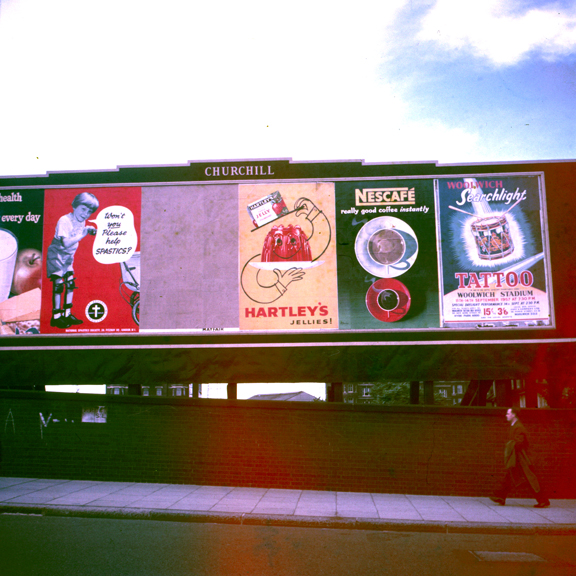
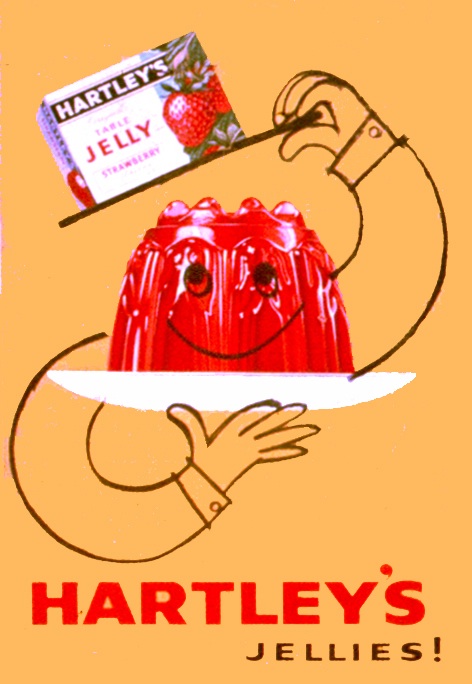
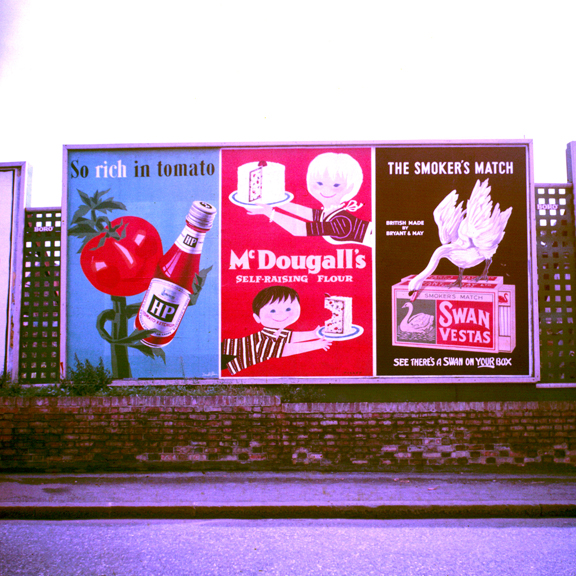
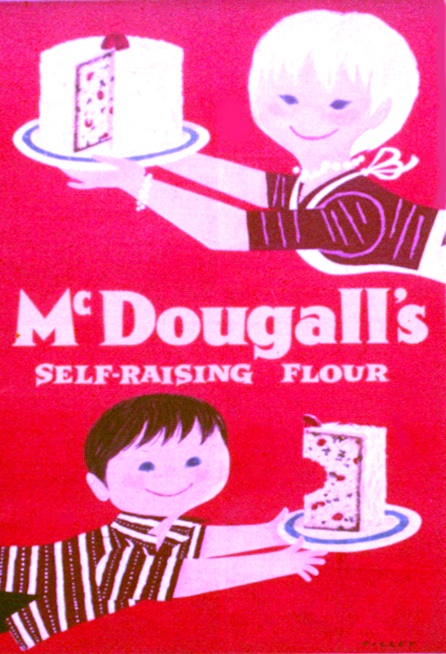
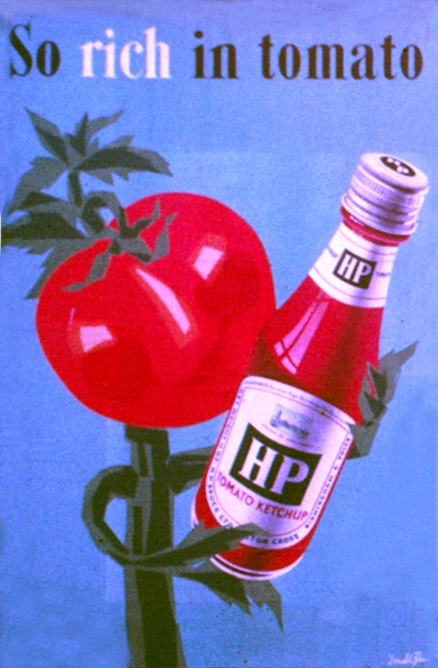
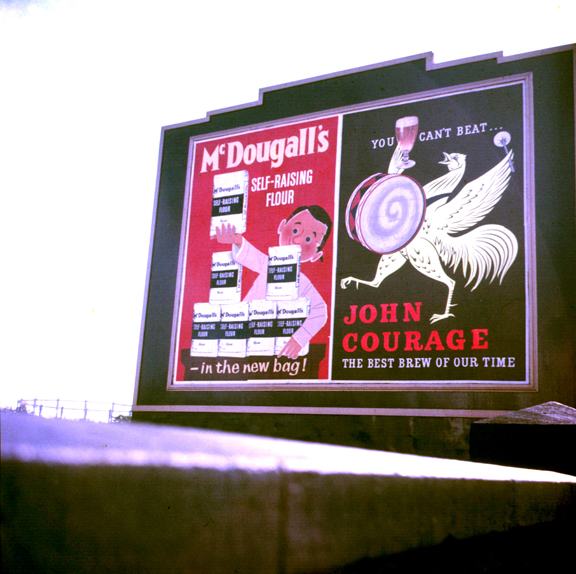
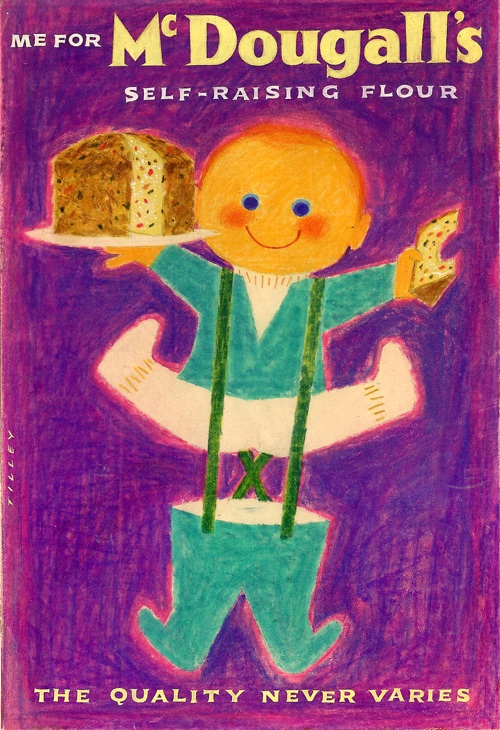
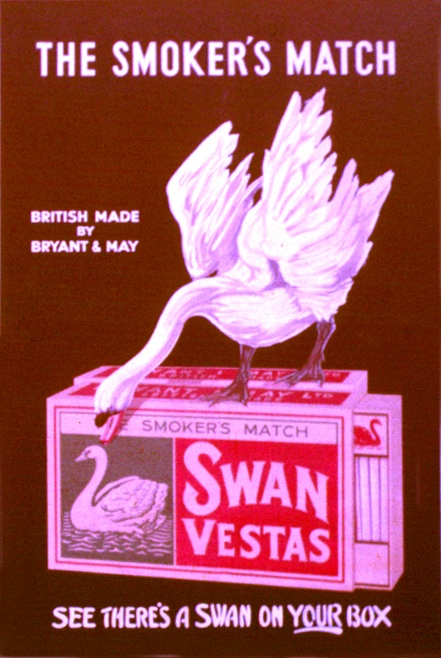
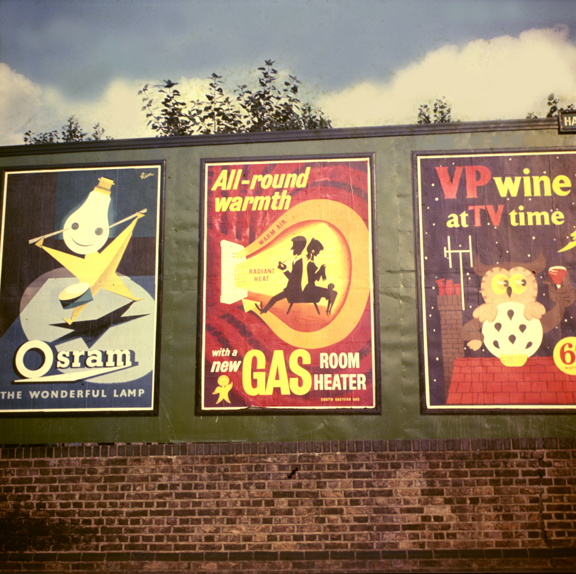

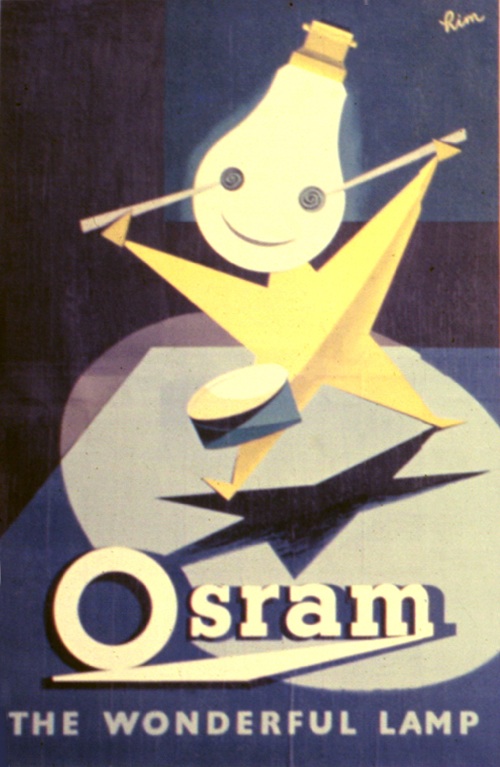
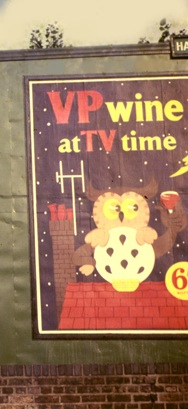
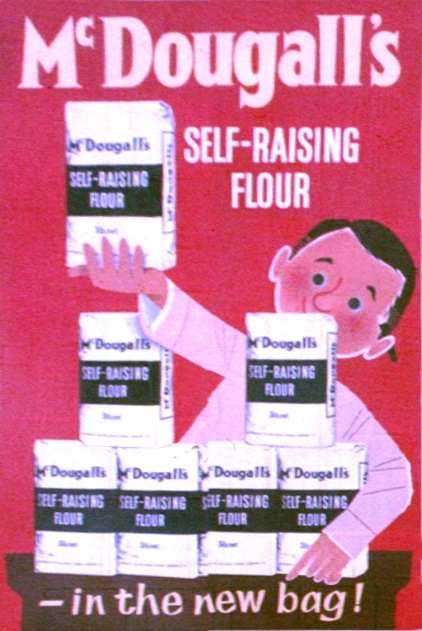
Fabulous stuff!!! Shall raise a glass of fortified wine in honour of Mr Tilley in front of the Televisual apparatus ce soir. Thanks for sharing
A very interesting collection – it also gives the lie somewhat to the oft told tale of how grey and boring Britain was in the 1950s.
Great to have you back after a well deserved break. I for one missed your posts!
I find it hard to take seeing your recent purchases though 🙁
Thank you everyone – and I agree, I think that bits of 1950s Britain must have been wonderfully colourful and exciting, and all the more so for being against the backdrop of monochrome. From the way that Patrick Tilley talks about it, too, it sounds as if they were fun to create as well.
I am also glad to be back and with some French fortified wine in my luggage too. And the nw posters are really very small…
It’s not all about size you know!
Are you sure that the Osram poster is signed Rim? The signature looks to me as if it could be [George] him.
Yes, you’re absolutely right now I look at it again – and the original artwork is here:
http://iotaillustration.tumblr.com/post/4167281750/pinkjetpack-original-artwork-for-osram-bulbs
Which also dates the picture to about 1957/8.
And no, it’s isn’t all about size (fortunately for both our wall space and our framing bills), I was just trying to offer some consolation…
As a railway modeller I find these common pieces of street furniture difficult to research. I recall in the 1950 and 60’s there were still many either bombed out sites, or odd undeveloped spaces in and around towns that were usually hidden behind large hoardings. In the superb illustrations here I can only see one providers name “Churchill”, but I seem to recall many had the hoarding companies name along the base. My memories are from the Portsmouth – Bournemouth coastal strip.
I’m glad to have been able to help! Advertising must have done a lot to brighten up the street scene in the early to mid 1950s.
Wonderful stuff ! As another railway modeller, I have been trying to identify the owner of a hoarding on a building near Kings Cross in the 1950s from a poor photo, but the answer is here in the first photo of a hoarding. Yes, the 1950s was more colourful than people think – old b&w films don’t really do it justice, and these posters were an important part of the scene.